Northrop Grumman RQ-4 Global Hawk
Production Time 9 to 10 weeks
Shipment is by FedEx, UPS or DHL International Express Courier with a normal door-to-door delivery time worldwide of within 2-3 business days after dispatch. Due to the current volatility of world fuel prices, the amount mentioned here is our best estimate for DHL and UPS and may be subject to change at the time of shipping.

Model Description: Northrop Grumman RQ-4 Global Hawk Wood Replica Scale Custom Jet Model
Manufacturer: Northrop Grumman
Wingspan: 17 Inches (43.2 Centimeters)
Height: 2 Inches (5.1 Centimeters)
Scale: 1:92
$239.50
Production Time 9 to 10 weeks
-
United States dollar ($)
-
Pound sterling (£)
-
Euro (€)
-
Australian dollar ($)
-
Canadian dollar ($)
-
Singapore dollar ($)
-
Swiss franc (CHF)
-
Japanese yen (¥)
-
Danish krone (kr.)
-
Hong Kong dollar ($)
-
Norwegian krone (kr)
-
Swedish krona (kr)
-
United Arab Emirates dirham (د.إ)
General Product Description
Our PlaneArt Northrop Grumman RQ-4 Global Hawk model exhibits unique, unrivaled quality and detailed design to come as close as possible to the accuracy of the actual plane. It comes as standard with a robust, durable base or stand which is available in a variety of different finishes designed to match your own personal requirements including solid wood, wood with polished metal supports or adjustable wood wall mount and will be ready within about 9-10 weeks from placement of order.
The Northrop Grumman RQ-4 Global Hawk model is made of the finest kiln dried renewable mahogany wood (commonly known as Lauan or Meranti) which has undergone many stages of carving and meticulous and careful sanding giving the beautiful, finished museum quality masterpiece. Many collectors and model connoisseurs demonstrate their preference for genuine handmade and hand painted mahogany wood models rather than plastic or die cast (diecast) alternatives due to the overall look and totally different feel of the item - we trust you will find the same. We can however, if required produce the same model in Solid Cast Resin so just click and contact us for further information. Our craftsmen and gifted artisans ensure that our finely handcrafted model airplanes match the precise blueprint details of the original aircraft. The paint scheme, markings and parts are closely matched, reflecting the original aircraft. This stylish top-quality desktop replica model will surely enthrall anyone who receives this as a gift and for sure one of the most appropriate and desirably collectable gifts for any aviation enthusiast or avid military jet aircraft collector whilst also displaying a perfect resemblance to the actual real life version.
There are many types of military jet aircraft, but the basic types are bombers, fighters, fighter bombers, spotter planes, transporters, patrol aircraft, trainers, and reconnaissance and observation aircraft. All these types of aircraft are used for different types of missions. If you're a fan of historic or present-day military aviation, our model aircraft will bring the excitement and character of these aircraft right into your own home.
If you require, we can also make the Northrop Grumman RQ-4 Global Hawk model in any other military, government or even private livery or colour scheme you require and if necessary, in a different size or scale. Just click here to contact us with a description or photographs of what you require, and we will let you have a quotation for the necessary customization by return email. We can also make bespoke scale replicas of any other private / civil commercial airliner or airliners, helicopter, glider, gliders with engines, military propeller, warplane jets, biplane, triplane, tail fin, spacecraft, rocket or NASA model you require in any airline, military or civilian livery or colors. We also produce model airships, blimps, dirigibles, blimps, boats, and ship collectibles. Wall plaque or seal for military, government or private customers. Again, by clicking here to contact us just let us know exactly what you need.
The Northrop Grumman RQ-4 Global Hawk: A Look into the Future of Unmanned Aerial Surveillance
The Northrop Grumman RQ-4 Global Hawk represents a significant leap forward in unmanned aerial surveillance technology. Since its inception, the Global Hawk has set new standards in endurance and capabilities, reshaping how modern warfare and surveillance are conducted. This article delves into the origins, features, applications, and future prospects of the RQ-4 Global Hawk, exploring its role in modern and future defense strategies.
Origins and Development:
Developed by Northrop Grumman, the RQ-4 Global Hawk first took to the skies in 1998, designed to provide comprehensive, near-real-time reconnaissance and surveillance. The development of the Global Hawk was driven by the need for high-altitude, long-endurance (HALE) vehicles capable of performing tasks traditionally reserved for aircraft, but at a significantly reduced risk and cost.
The U.S. Air Force quickly recognized the strategic value of the Global Hawk and accelerated its deployment in support of operations across the globe. The aircraft’s ability to fly at high altitudes (over 60,000 feet) for long durations (up to 34 hours) without crew onboard made it particularly useful for sensitive reconnaissance missions.
Technical Specifications and Features:
The RQ-4 Global Hawk is an engineering marvel equipped with a suite of sophisticated sensors, including synthetic aperture radar (SAR), electro-optical (EO), and infrared (IR) imaging systems. These technologies allow the drone to gather high-resolution imagery and sensor data from vast areas, regardless of weather conditions.
The aircraft has a wingspan of 130.9 feet, comparable to that of a Boeing 737, but it is operated remotely, reducing the risk for human life during dangerous missions. Its range of over 12,000 nautical miles and the ability to loiter over a specific area provide unprecedented surveillance capabilities.
Applications in Defense and Beyond:
Initially designed for military use, the capabilities of the RQ-4 Global Hawk have found applications in various other fields. In defense, it is primarily used for strategic reconnaissance, gathering intelligence without entering hostile airspace. Its high-altitude perspective is also perfect for monitoring large-scale natural disasters, aiding in humanitarian relief efforts by providing critical data to first responders.
The Global Hawk has been instrumental in operations such as monitoring ceasefire agreements, supporting peacekeeping missions, and providing oversight during withdrawal operations. Its ability to conduct long-duration flights enhances its utility in prolonged missions, offering continuous support where needed.
Challenges and Controversies:
Despite its capabilities, the Global Hawk program has not been without challenges and controversies. The high costs associated with developing, deploying, and maintaining such advanced technology have been a point of contention, particularly in debates over defense spending. Additionally, the use of unmanned aerial vehicles (UAVs) in surveillance has raised privacy and ethical concerns, particularly regarding domestic surveillance.
Future Prospects:
As technology advances, so too does the potential for the Global Hawk. Upgrades in sensor technology, data processing, and artificial intelligence are expected to enhance its capabilities further. The integration of AI could enable more autonomous flight patterns and decision-making processes, reducing the need for human intervention and allowing for more complex mission profiles.
Moreover, as geopolitical landscapes evolve, the demand for high-quality, real-time data will only increase, ensuring the Global Hawk’s role in future military and humanitarian operations remains vital.
Conclusion:
The Northrop Grumman RQ-4 Global Hawk has proven itself as a critical asset in modern surveillance and reconnaissance. With its advanced capabilities and potential for further development, the Global Hawk is set to continue playing a key role in shaping the future of unmanned aerial technology. As it evolves, it will undoubtedly continue to push the boundaries of what is possible in aerial surveillance, offering a glimpse into the future of global security and emergency response strategies.
| Weight | 6 kg |
|---|---|
| Dimensions | 6.2 × 17 × 2 in |

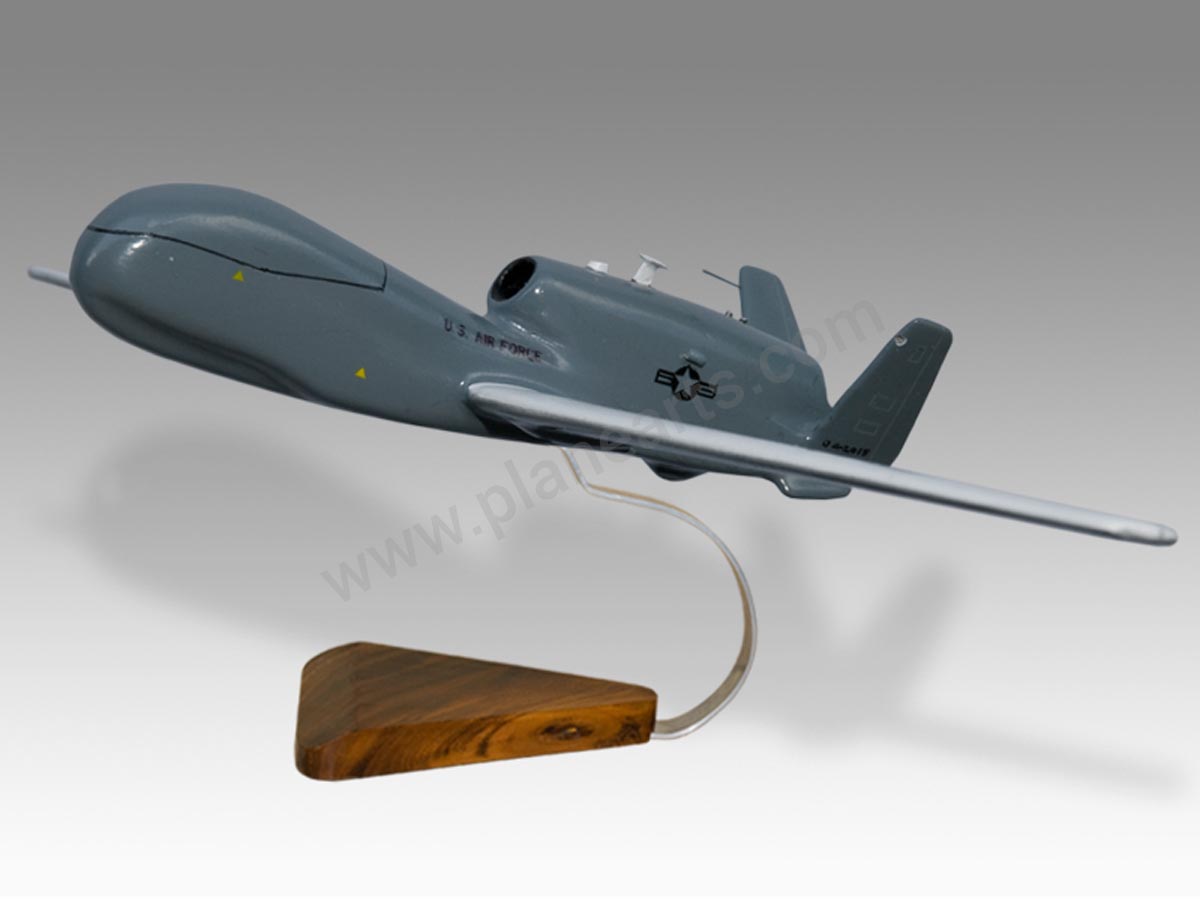
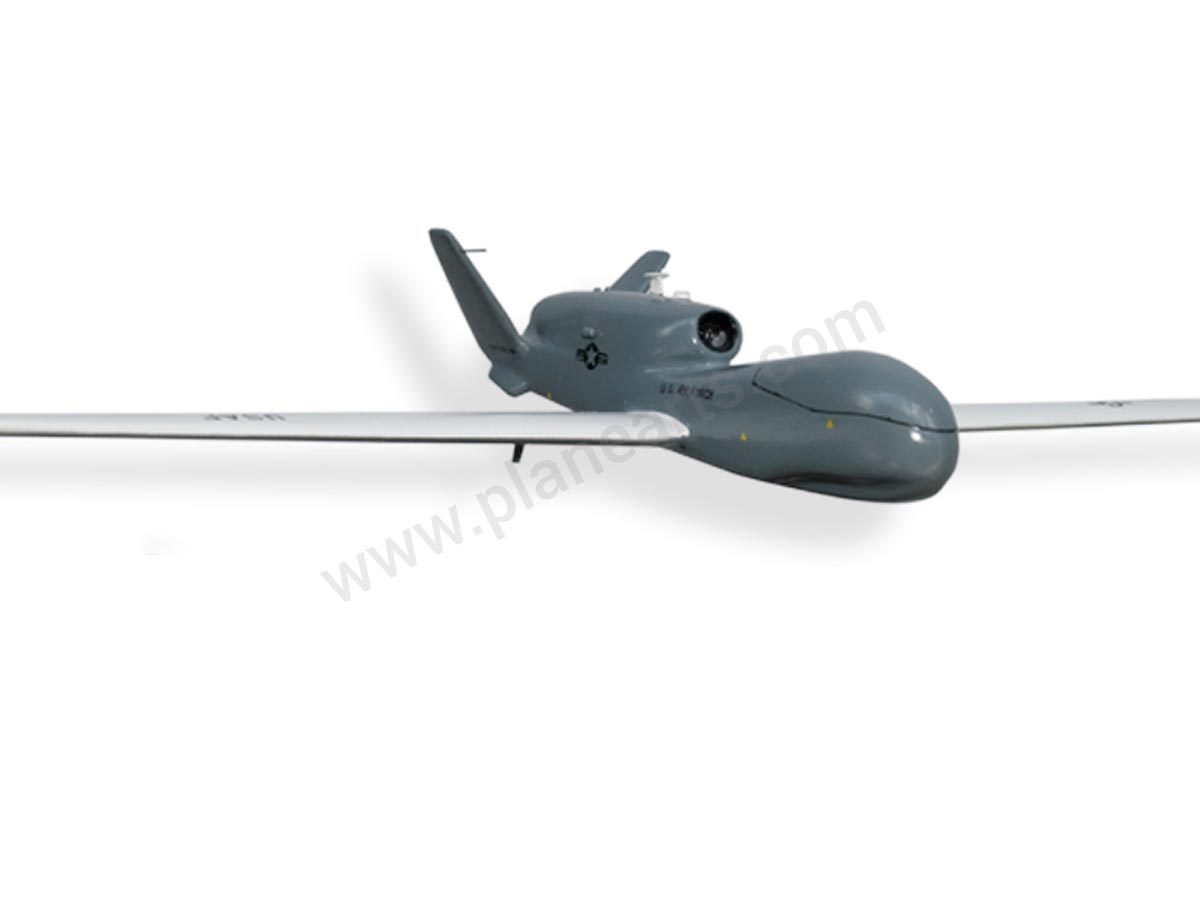
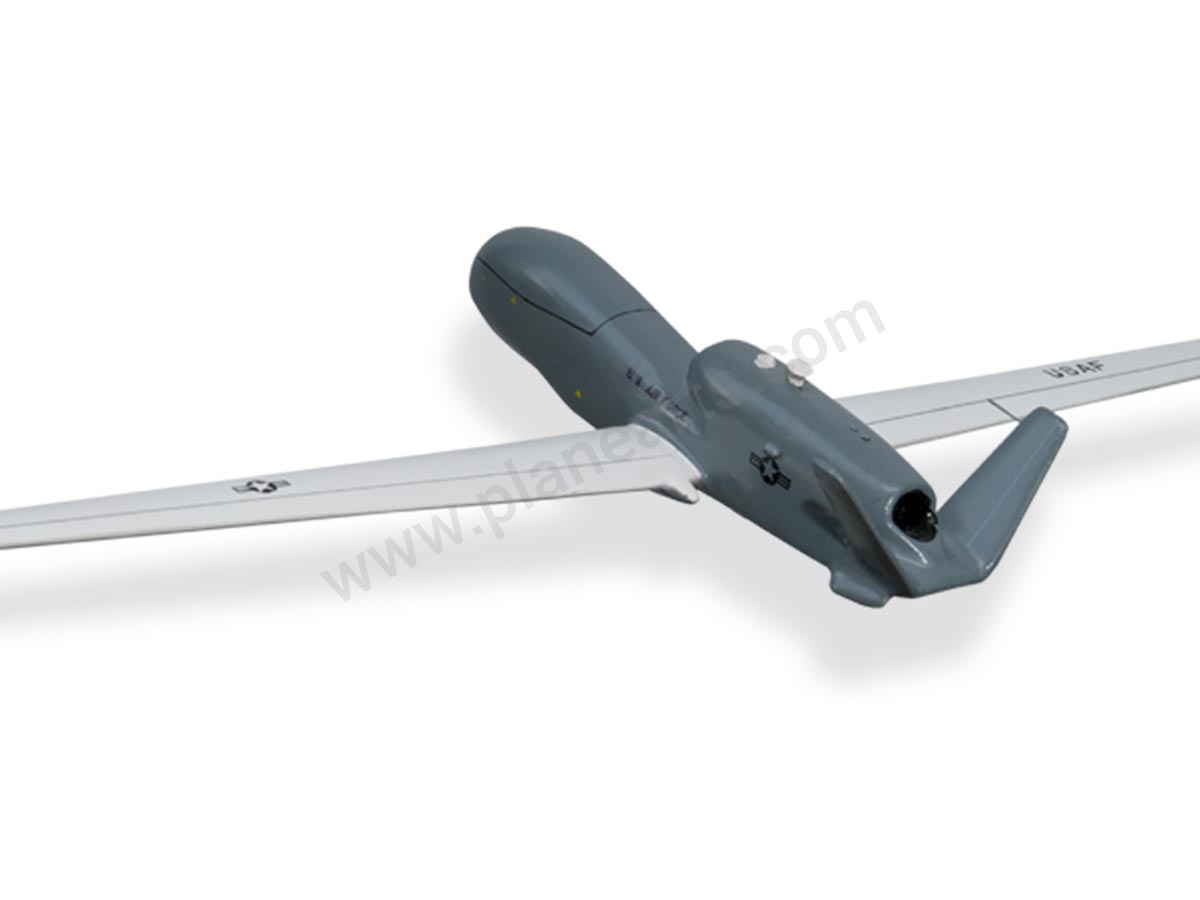

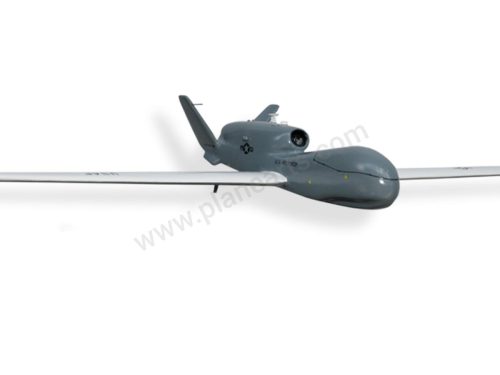
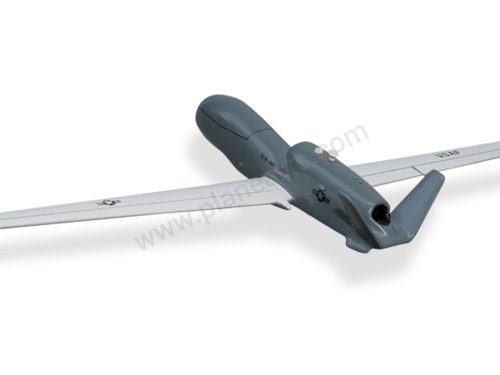
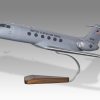
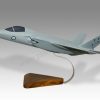
Reviews
There are no reviews yet.